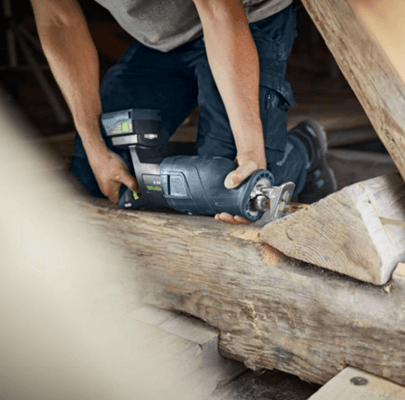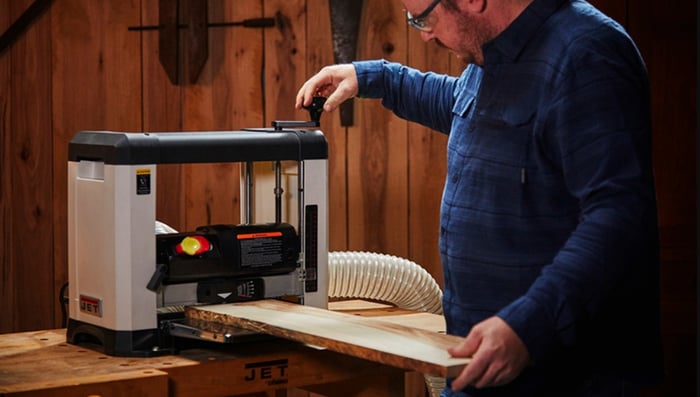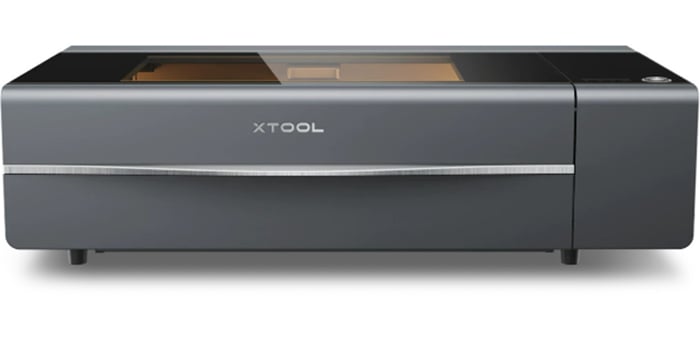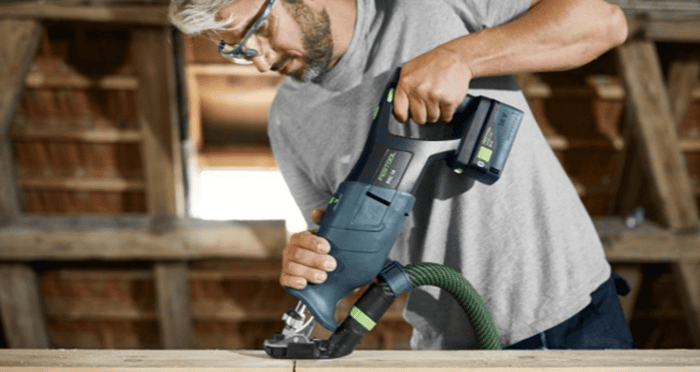
Reciprocating Saw: The Ultimate Tool for Efficient Cutting
The reciprocating saw is a versatile tool that excels in a wide range of tasks. It provides advantages in managing projects like demolition, pruning, and plumbing. The following article covers the uses, types, and maintenance tips for optimal performance of the reciprocating saw.
What is a Reciprocating Saw?
This power tool is designed for quick cuts through materials like wood, metal, and plastic. It operates with a back-and-forth blade motion, making it ideal for cutting in tight spaces. Both corded and cordless versions are available, each with different benefits based on the task.
Various blades are available for different materials:
- Bi-metal blades for cutting metal
- Carbide-grit blades for tile and masonry
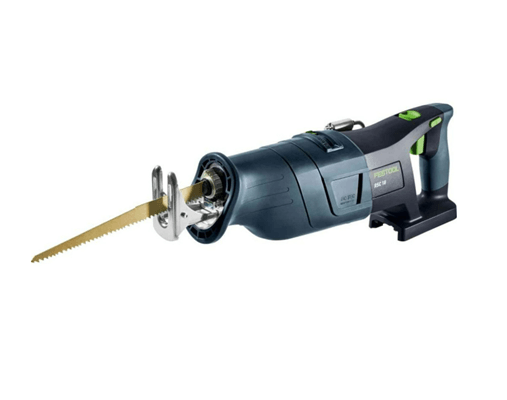 Festool 576950 Cordless reciprocating saw RSC 18 EB-Basic Optimized internal mechanism is both long-lasting as well as efficient - directing all of the power into the saw blade and not into the saw for smoother operation and less vibration for even greater control.
Festool 576950 Cordless reciprocating saw RSC 18 EB-Basic Optimized internal mechanism is both long-lasting as well as efficient - directing all of the power into the saw blade and not into the saw for smoother operation and less vibration for even greater control.Types of Tools
There are corded and cordless versions. Corded tools provide consistent power for longer tasks, while cordless models offer portability. Some models feature oscillating blades, providing more precise cutting in different materials.
Consider features like quick blade change systems, variable speeds, and safety features like anti-vibration handles when choosing the right tool.
Common Uses
These tools are particularly effective for tasks such as:
- Demolition and construction: Cutting wood, metal, and drywall
- Pruning and gardening: Cutting branches and shrubs
- Plumbing: Cutting pipes and ducts
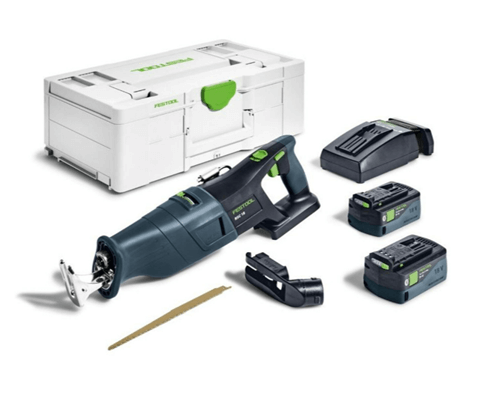 Festool 576951 Cordless reciprocating saw RSC 18 5,0 EB-Plus The Festool RSC 18 cordless reciprocating saw is powerful, fast and durable. With its brushless EC-TEC motor, switch-activated, fast-cutting, pendulum stroke and low level of vibration, the saw is smooth as well as fast to easily cut through the toughest materials.
Festool 576951 Cordless reciprocating saw RSC 18 5,0 EB-Plus The Festool RSC 18 cordless reciprocating saw is powerful, fast and durable. With its brushless EC-TEC motor, switch-activated, fast-cutting, pendulum stroke and low level of vibration, the saw is smooth as well as fast to easily cut through the toughest materials.How to Choose the Right Tool
When selecting a tool, consider the following factors:
- Weight: Lighter tools are easier to handle for extended use.
- Battery life: A longer battery life is ideal for cordless models.
- Stroke length and variable speed: These affect cutting efficiency for different materials.
- Safety: Look for features like blade guards and anti-vibration systems.
Maintenance Tips
To keep your tool in good condition, follow these tips:
- Regularly check and replace the blade when it becomes dull.
- Keep the tool clean and lubricate moving parts.
- Store the tool in a dry place to prevent rust.
FAQ
What is this tool used for?
This is a versatile tool used for cutting wood, metal, plastic, and pipes. It’s especially useful for demolition, pruning, and plumbing tasks.
Can I make precise cuts with this tool?
Although primarily used for rough cuts, it is possible to make more detailed cuts with the right blade and speed settings.
What type of blade should I use?
Choose the appropriate blade for the task: wood-cutting blades for wood and plastic, bi-metal blades for metal, and pruning blades for plants.
Do I need safety gear?
Always use safety glasses, gloves, and ear protection when operating this tool.



